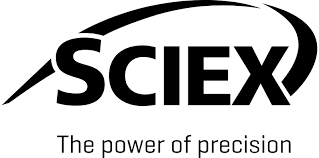Sciex has been developing analytical solutions for the biopharma industry for over 50 years. Stephen Lock works closely with Sciex’s collaborators customers to new develop characterisation methods. These have made use of technologies like mass spectroscopy, and more recently, capillary electrophoresis.
Lock explained that the demand for viral vector assays first surged in the wake of the COVID-19 pandemic. Since then, these delivery systems have increasingly moved into other therapeutic areas such as oncology as a great way to deliver single stranded DNA to modify cells.
This presentation focuses on a case study that Sciex undertook partnering with French CDMO and viral vector manufacturer Yposkesi. The study highlighted Sciex’s BioPhase 8800 system: Its 8-capillary system allows for high-throughput multiplexing which aids in making faster decisions during production. Furthermore, the machine is also able to guide both quality control and process decisions.
Lock discusses two specific assays from this case study. First, the Genome Integrity assesses the presence and quality of the single-stranded DNA payload within the viral vector, using capillary gel electrophoresis to measure size and detect impurities. Second, the CE-SDS assay automates SDS-PAGE to analyse the protein composition of viral vectors, crucial for understanding the efficacy of the delivery system. Both assays are designed to provide critical insights into the quality of viral vectors, including the empty/full particle ratio, which is essential for therapeutic effectiveness.
Lock then turned to how mass spectrometry can be used to analyse viral proteins, particularly for detecting post-translational modifications (PTMs) which can affect the charge and functionality of the viral vectors. He explained that different fragmentation techniques, such as collision-induced dissociation (CID) and electron activated dissociation (EAD), enhance the ability to identify and map these modifications.
Looking ahead, Lock mentioned ongoing efforts to improve analytical methods, including the coupling of CE with mass spectrometry for enhanced profiling of viral vectors. This integrated approach aims to further refine the understanding of charge heterogeneity and improve the overall quality of viral vector production.

